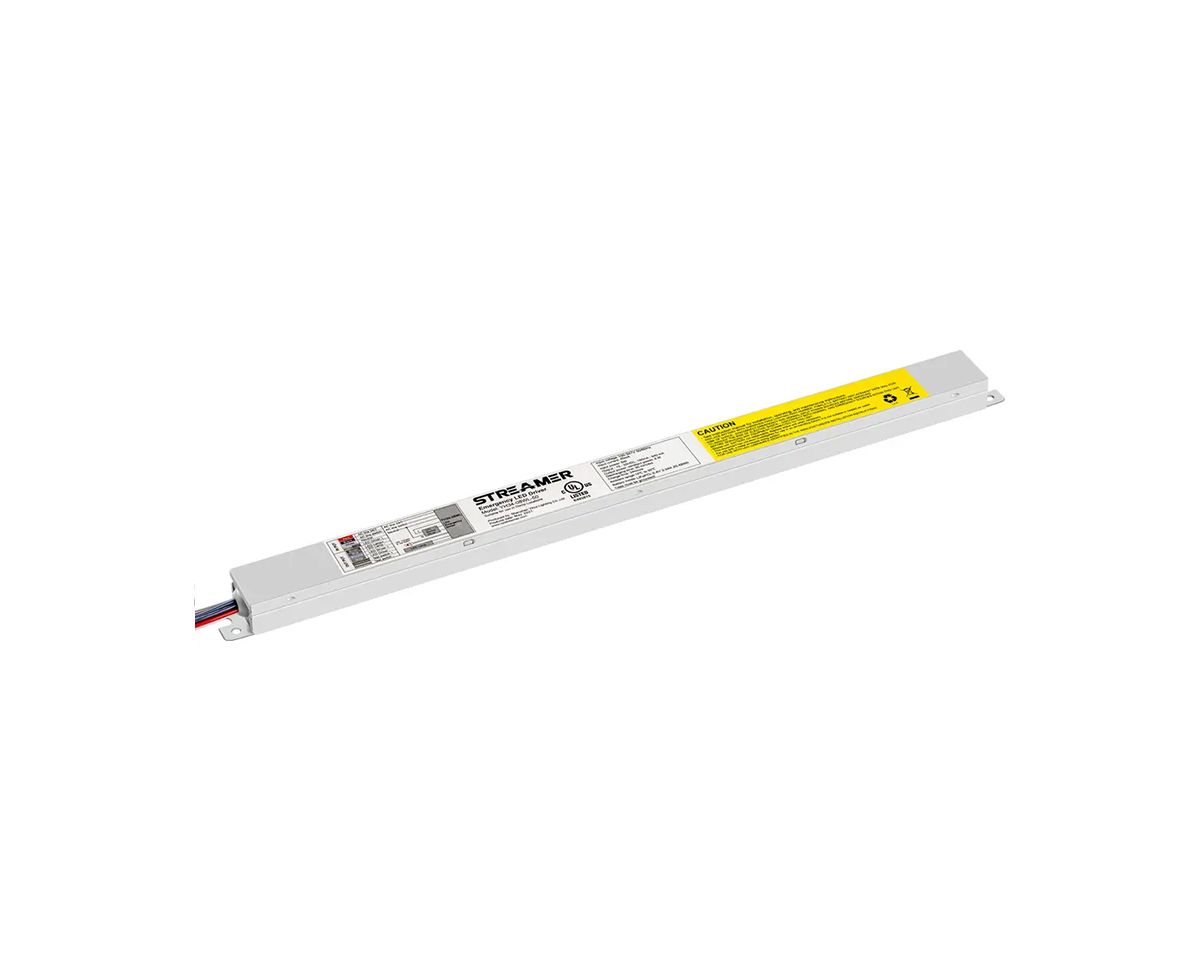 1
1
 Apr 04, 2025
Apr 04, 2025

Low - temperature LED emergency drivers are designed to operate effectively in cold environments, where traditional drivers may face performance challenges. In low - temperature conditions, several factors can affect the performance of LED drivers, and low - temperature - rated drivers address these issues through specific design and engineering solutions.
One of the main challenges in low - temperature environments is the change in the electrical properties of components. Capacitors, for example, can experience a significant increase in equivalent series resistance (ESR) at low temperatures. This increase in ESR can lead to reduced efficiency and stability of the LED driver. Low - temperature LED emergency drivers often use specialized capacitors with low - temperature characteristics. These capacitors are designed to maintain their performance and stability even in extremely cold conditions, ensuring that the driver can deliver a consistent output current to the LEDs.
The battery in an LED emergency power system also faces challenges in low - temperature environments. Lithium - ion batteries, commonly used in such systems, have reduced charge and discharge capacities at low temperatures. Low - temperature LED emergency drivers are equipped with battery management systems (BMS) that are optimized for cold conditions. The BMS monitors the battery's state of charge, voltage, and temperature, and adjusts the charging and discharging processes accordingly. For example, it may limit the charging current at low temperatures to prevent damage to the battery due to the slow diffusion of lithium ions.
In addition to component - level adaptations, low - temperature LED emergency drivers may also feature enhanced thermal management. In cold environments, heat dissipation can be more difficult, and components may be more sensitive to temperature fluctuations. These drivers are designed to ensure that heat is properly dissipated, even in low - temperature conditions, to prevent overheating or cold - related failures. Some low - temperature LED emergency drivers may also have built - in heating elements or thermal insulation to maintain the optimal operating temperature of critical components. Overall, low - temperature LED emergency drivers are essential for ensuring the reliable operation of LED lighting systems in cold regions, such as outdoor lighting in polar areas or indoor lighting in cold - storage facilities.